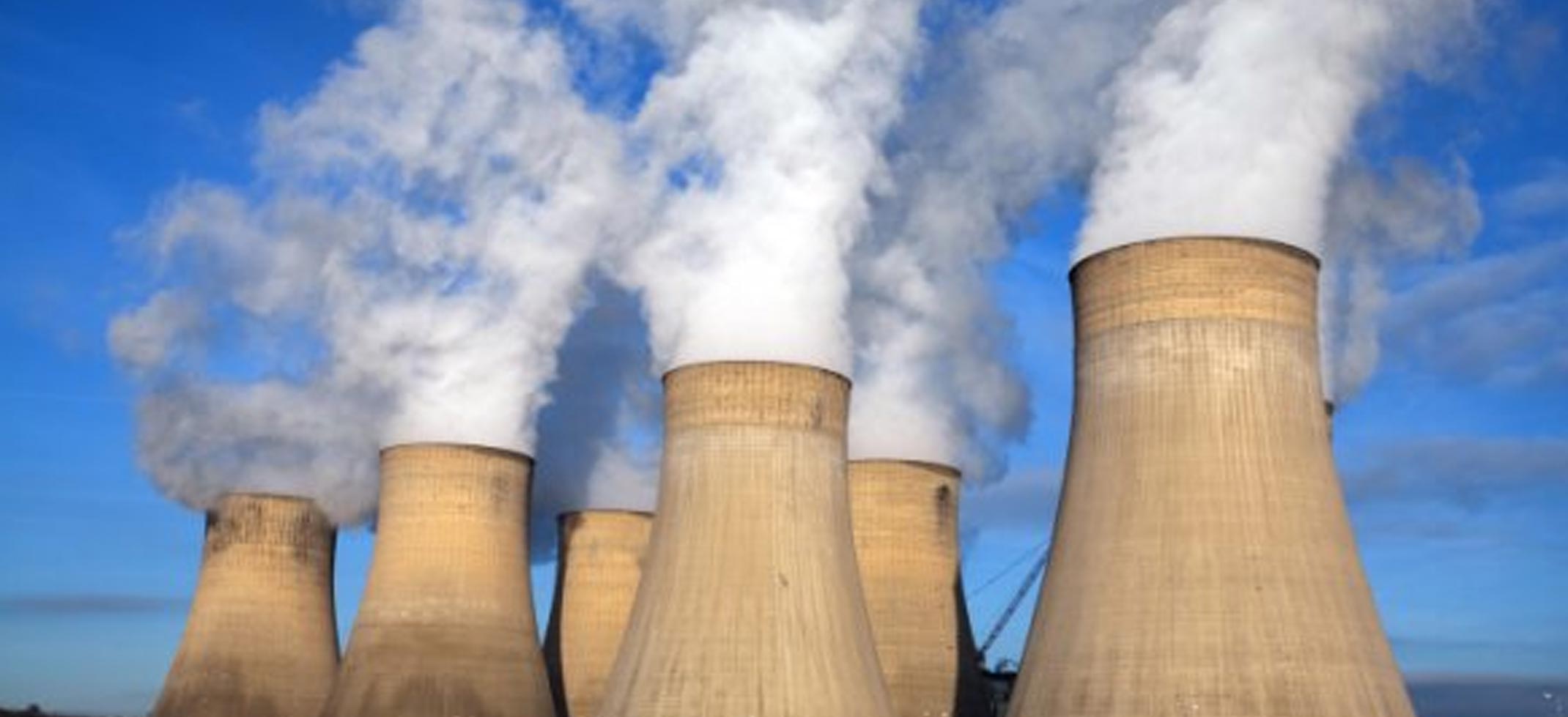Low-grade waste heat is an artefact of many energy-generating methods. In cars, waste heat generated in winter is diverted to run the vehicle heating system, but in the summer, that same waste heat is released into the environment. Coal, nuclear and other power plants require high heat to produce electricity, but after producing electricity the excess waste heat is routed to cooling towers to dissipate.
Researchers from Penn State University in the US want to take this waste heat and capture it to produce more power. The team is using a thermally regenerated ammonia-based battery that consists of copper electrodes with ammonia added only to the anolyte – the electrolyte surrounding the anode.
The battery will run until the reaction uses up the ammonia needed for complex formation in the electrolyte near the anode or depletes the copper ions in the electrolyte near the cathode. Then the reaction stops. Using low-grade waste heat from an outside source, the researchers distill ammonia from the effluent left in the battery anolyte and then recharge it into the original cathode chamber of the battery. The ammonia liquid stream can convert the thermal energy to electrical energy in the battery.
The use of waste heat for power production would allow additional electricity generation without any added consumption of fossil fuels. Thermally regenerative batteries are a carbon-neutral way to store and convert waste heat into electricity with potentially lower cost than solid-state devices.
For more information: www.heatexchanging.com






